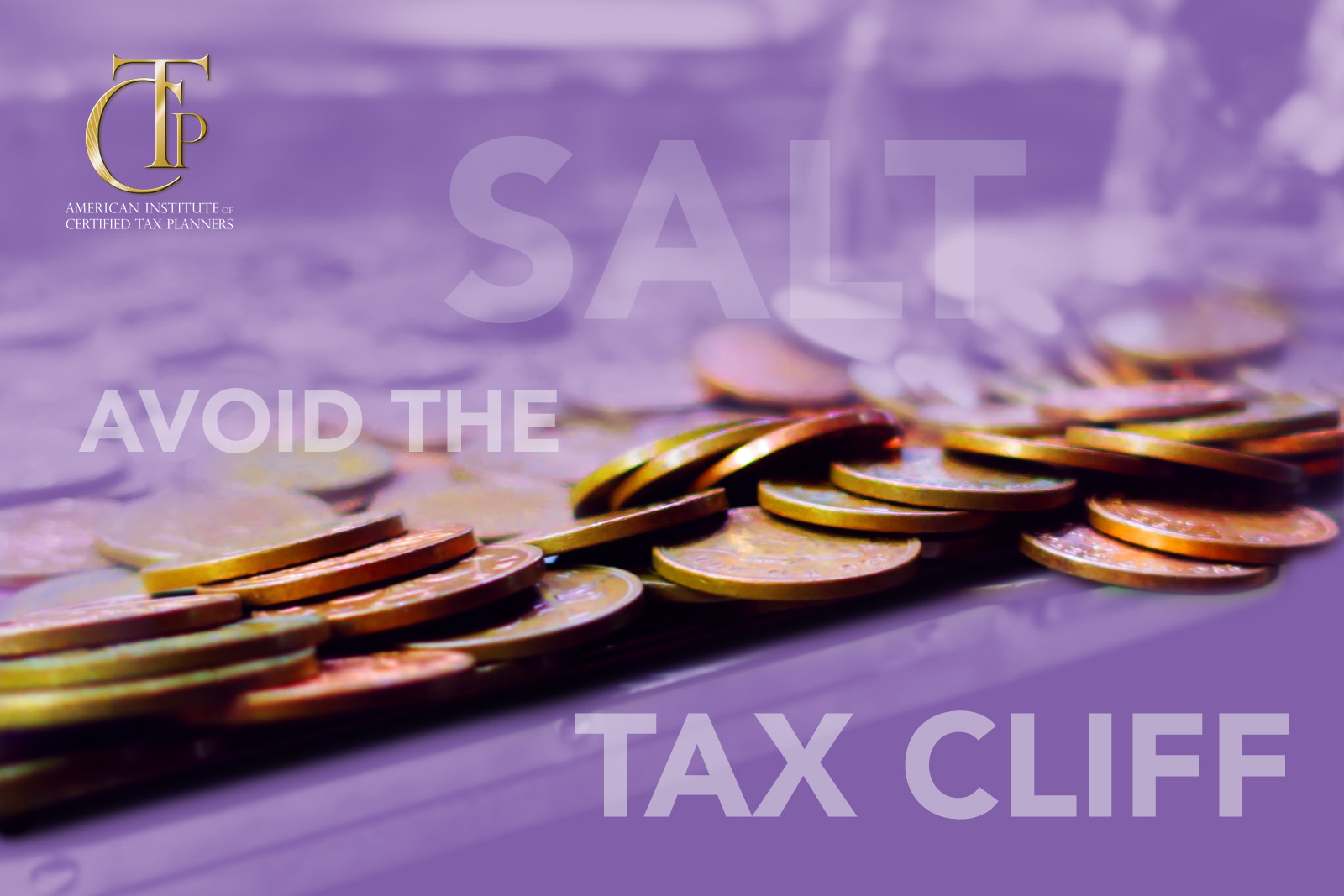How does the “One Big Beautiful Bill” Act (OBBBA) impact you? That’s the question on the minds of many taxpayers—and business owners in particular. Like most tax packages, the bill is full of nuanced changes to existing laws and complex new tax deductions and credits. For taxpayers living in high tax states, one updated tax policy is the subject of special attention: the changes to the SALT deduction.
Before 2018, taxpayers could itemize and deduct all SALT (state and local taxes) on their federal tax returns. Then came TCJA. Once the Tax Cuts and Jobs Act (TCJA) was approved, SALT deductions were limited to a maximum of $10,000. This became a topic of intense debate among lawmakers, some of whom insisted that the OBBBA needed to include a more generous SALT deduction to get their vote. The newly-approved tax package does include new SALT rules—but not everyone will benefit from the new provisions. Who will see a tax cut and who could actually see a tax increase? Read on to learn more about the hidden SALT “traps” and how to avoid them.
What Changed?
The big change is a raised SALT cap: Now taxpayers can deduct up to $40,000 in state and local taxes per year starting in 2025 and ending in 2030. This is true for single taxpayers and for those who are married and filing jointly.
If that was all there was to it, this would be a very short article. The trickier part is understanding how the income limits can affect you. The problem begins when you earn $500,000 or more in adjusted gross income (AGI). This is the point where the SALT deduction begins to phase out. For every dollar you earn over $500,000, your SALT deduction is reduced by 30 cents. What does this mean? If you would normally claim a SALT deduction, but you earn over $500,000 in AGI, you could actually be looking at a tax increase.
Who is Affected by the Tax Cliff?
This problem is also known as a tax cliff—where a small increase in income leads to a big increase in taxes. Let’s break it down to understand why this is actually tantamount to a tax increase:
Situation A: You earn $500,000 this year. You have not surpassed the income limit, so you can deduct the full $40,000 in SALT.
Situation B: You receive a boost in income and will now earn $600,000 this year. That extra $100,000 results in a $30,000 reduction to your SALT deduction. So basically, you revert to the old $10,000 SALT cap. This means that you have $30,000 that can no longer be deducted from your taxable income and will now be taxed at the 35% federal tax rate, not to mention state and local tax rates. Of course, that’s on top of the $100,000 in income that will be taxed at these rates.
What this boils down to is a significant tax increase for taxpayers earning over $500,000 who were hoping to utilize the SALT deduction.
How Can We Get Around This Tax Increase?
When it comes to reducing taxable income, timing is key. For instance, if you are expecting an income increase that will take you from below $500,000 to over $500,000, the tax consequences will all come down to when that income hits. Is there an opportunity to defer that extra income to 2026? That could enable you to stay under $500,000 for 2025 and enjoy the increased SALT deduction. Then you have also bought yourself more time to implement other tax savings strategies for 2026.
To make sure timing is on your side, take these two steps:
• Carefully monitor your projected income (specifically, your AGI). Working with a tax professional is one of the best ways to do this.
• Focus on reducing your AGI before year-end.
Step two requires a bit more detail to take action—what are your best options for reducing taxable income?
• Defer your income. All you are doing here is delaying the moment your income is taxed and pushing that to a later year. A common tactic is making retirement plan contributions, specifically to a traditional IRA, 401(k), 403(b), SEP IRA, or SIMPLE IRA.
• Make a pre-payment to the IRS. If you own a business, the “safe harbor rule” allows you to prepay and deduct certain business expenses as much as 12 months in advance. This could include business rent, lease payments on business vehicles, or business and malpractice insurance premiums. One catch is that your business must use the cash basis method of accounting to use this strategy.
• Claim bonus depreciation for a business asset. This is a spending strategy, but if you were already planning to purchase computer equipment, furniture, machinery, or other depreciable business assets, the OBBBA allows you to deduct 100% of the cost in the year the asset is first used for your business.
• Shift your income to a C corporation. If you own a C corporation, you could shift income to the business to lower your personal taxable income. Of course then you have the problem of how to reduce your business taxes. This strategy is best employed after talking with a tax professional about whether there are more tax reduction strategies available for your personal income or your business income.
Most tax laws are much more nuanced than meets the eye—and the new SALT provisions are no exception. While the new $40,000 cap will benefit many taxpayers, others may be surprised to find that this actually results in a tax increase. The difference between those who fall into the “SALT trap” and those who escape it is simple: proactive tax planning.
For help creating a proactive tax plan and using the new OBBBA rules to your advantage, reach out to a Certified Tax Planner today.





